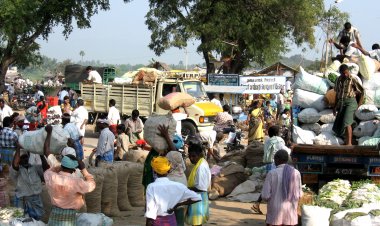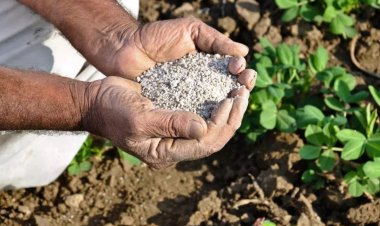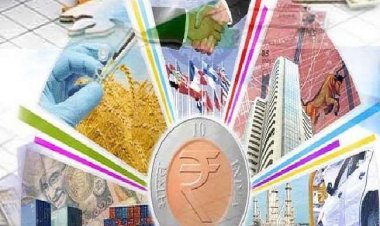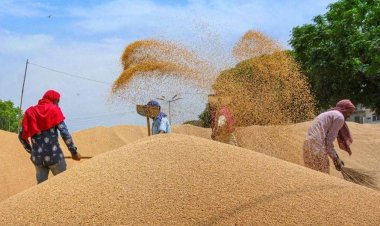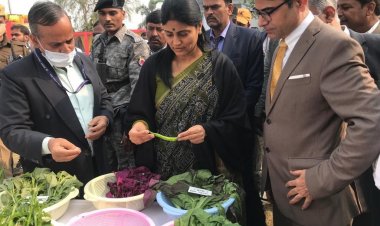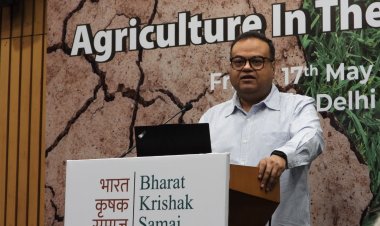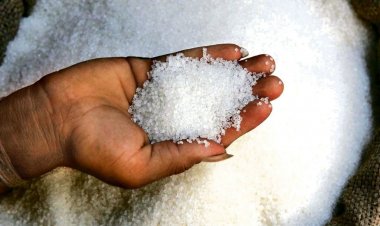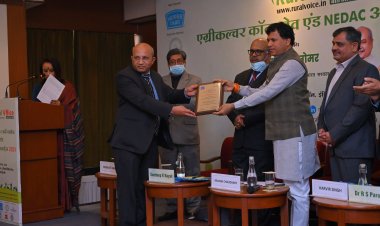Mann needs time, regular flow of money to fulfil ‘Kejriwal guarantees’ in Punjab
The real issue from the long-term point of view lies in the economic structure of the state. Unless this structure changes in a steady fashion under a visionary zeal, things would become difficult for the AAP Government, given the load of expectations it carries on its shoulders.
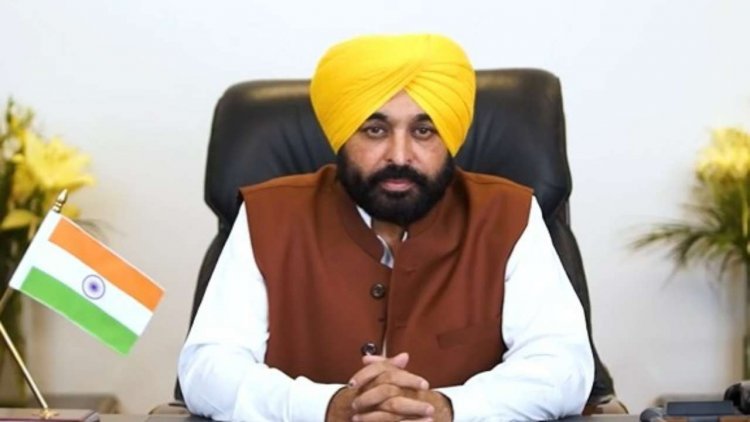
The Aam Aadmi Party (AAP) Government in Punjab is about to complete a month with several eye-catching announcements. But these are merely announcements as yet. Chief Minister Bhagwant Mann and the party supremo Arvind Kejriwal know it too well that the honeymoon period would not last long, especially when farmers in the state are grappling with the procurement of wheat in the mandis while power demand is peaking by the day.
The euphoria of a massive mandate can fast turn into a restive situation if the unfolding increase in the power demand is not met. The ensuing paddy season would exert pressure on the groundwater to be pumped up through electricity or diesel generator sets. Diesel prices have reached the boiling point and the farmers have started reminding their newly elected Chief Minister of his promise of 300 units of free electricity, besides the other ‘Kejriwal guarantees’.
Mann can feel the restiveness. He also has to be wary of a wounded opposition that would miss no opportunity to corner the AAP Government. “Punjabio, thoda sama deo (Punjabis, give me some time),” said Mann in his outreach social media post before he headed for Delhi on April 12 to meet Kejriwal, reportedly to discuss the blueprint of the rollout of 300 units of free-electricity promise. Then, there is this promise of Rs 1000 monthly pension for all adult women of the state.
Even before the elections that catapulted AAP to an unprecedented mandate of 92 of the 117 seats in the Assembly, the party was being questioned as to where the money was going to come from. Navjot Singh Sidhu kept raising the issue during his campaign without reading the Budget speech of the then Punjab Finance Minister Manpreet Badal under the Congress Government. The Budget for 2021-22 of the Congress Government had provided Rs 7,180 crore for free electricity with a promise that such a dispensation would continue. During the five-year period of the Congress Government, about 15 lakh farmers were given free electricity worth Rs 30,000 crore, without of course the electoral harvest. Sidhu did not really know whether he was fighting Kejriwal or his own Congress Government.
Likewise, the state under the Congress Government had been paying for pensions for the women belonging to SC, ST, Dalits and several other vulnerable sections, accounting for the bulk of the female population.
How the Congress failed to politically cash in on its own schemes which an outside party managed to leverage is a different issue. What matters is as follows: The template for free electricity and women's pension was already in operation and the AAP Government would only take it forward, of course with a lot more resources and a huge publicity budget. A lot easier for the Mann Government than the herculean task being projected by his detractors.
In fact, the Vote-on-Account of Rs 37,120 crore for three months that was presented in the opening session of the Assembly by Finance Minister Harpal Cheema does provide for enhanced expenditure under these heads. The focus on education is visible in the financial numbers even in the temporary Budget, popularly known as Vote-on-Account. As much as Rs 4,643 crore has been set aside for education, Rs 2,367 crore for agriculture, Rs 1,484 crore for social security, women and child development and Rs 1,345 crore for health and family welfare. Mind it, these are the outlays only for the April-June quarter of the financial year. The regular Budget by Cheema is under preparation; that would be the first window into the real commitment being met or not.
In the short to medium term, the state should be able to manage its finances despite the fact that Rs 4,788 crore would be spent only on interest payments for the quarter on a state debt of roughly Rs 3 lakh crore, about 45 per cent of the State Gross Domestic Product. The annual interest payment would be about Rs 20,000 crore out of the yearly budget of about Rs 2 lakh crore. The debt scenario is not easy but not too precarious either, considering the fact most of the states are in a similar situation, except for the city State of Delhi. In fact, Cheema's predecessor Manpreet Badal had lauded how the state managed to keep the state debt in check at about Rs 2.73 lakh crore till 2021-22 and was able to service the same. Badal gave the credit to himself and the Congress Government. On the contrary, the debt burden was projected as an unbearable sum by none other than then Congress PCC chief Sidhu himself.
The real issue from the long-term point of view lies in the economic structure of the state. Unless this structure changes in a steady fashion under a visionary zeal, things would become difficult for the AAP Government, given the load of expectations it carries on its shoulders. The expenditure would soon shoot up in the wake of the current runaway inflation while the revenue realization has structural limitations, very well highlighted by a recent memorandum submitted by the Punjab Government to the Centre seeking immediate release of GST compensation.
“A study of consumption pattern in both rural and urban Punjab reveals that in urban areas, 56 per cent of the total value of per capita consumption per month is on food items, fuel & electricity and clothing which are either exempted under GST or are being taxed at a lower rate while 31 per cent of the total value of per capita consumption per month is on services. Out of the total value of per capita consumption on services, 22 per cent is on health and education, which are again exempted under GST,” the memorandum emphasized.
The story is similar in rural Punjab. “In rural areas, 60 per cent of the total value of per capita consumption per month is on food items, fuel & electricity and clothing which are either exempted under GST or are being taxed at a lower rate. 26 per cent of the total value of per capita consumption per month is on services. Out of the total value of per capita consumption on services, 57 per cent is on health and education, which are exempted under GST.”
The state would need a major push from the manufacturing and the service sector. Manufacturing, even if tried sincerely, would take several years, but with the opening of the economy, services like tourism can be boosted. The state needs more than agriculture for reaping the demographic dividend of young and aspiring Punjabis, about three lakh of whom make a beeline for going overseas every year.
(Prakash Chawla is a New Delhi-based independent journalist.)



 Join the RuralVoice whatsapp group
Join the RuralVoice whatsapp group


















